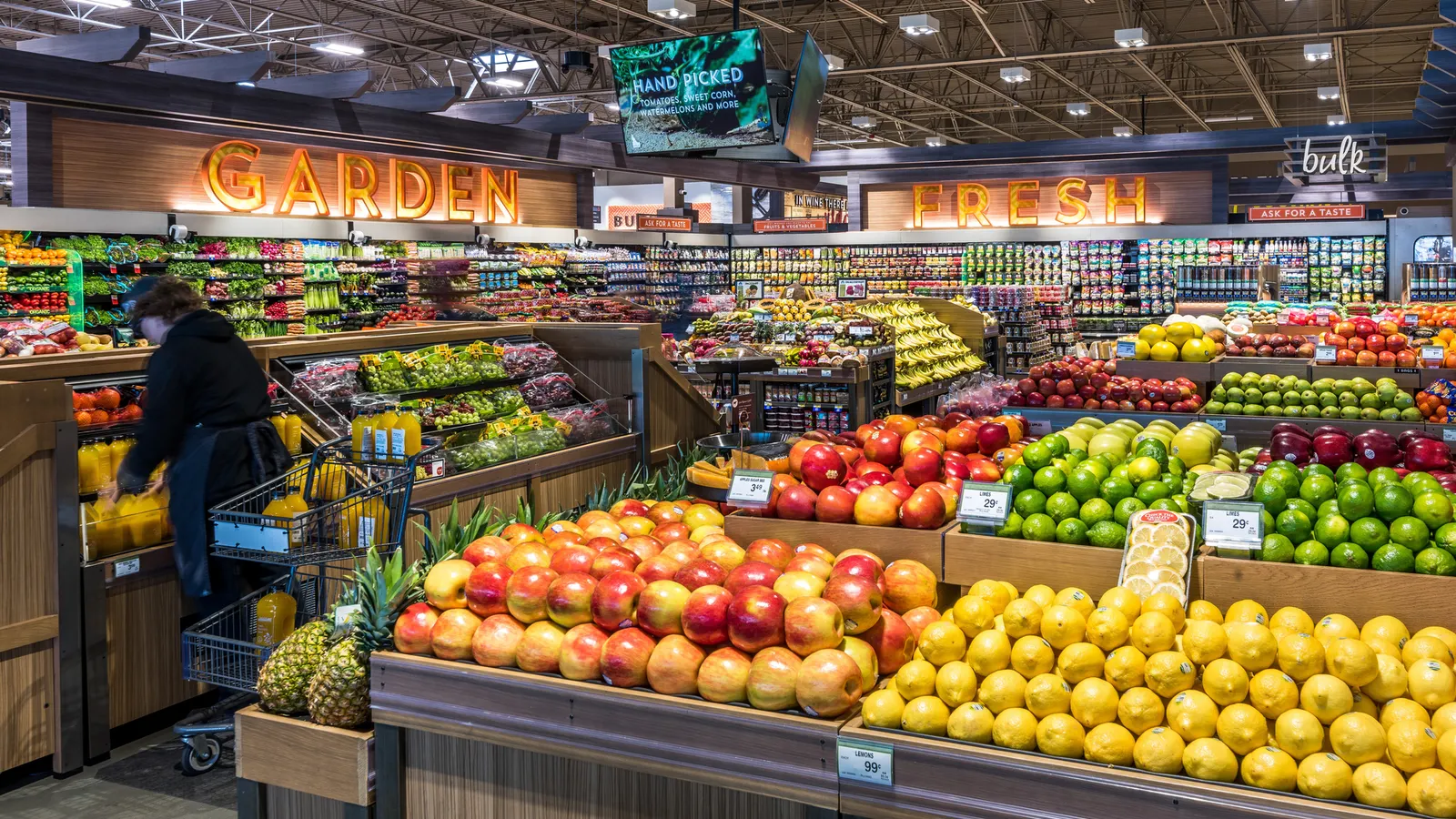Introducere
Rising ingredient costs have become a pressing concern for grocery chains, prompting them to adopt various strategies to mitigate the impact. This discussion delves into how these grocery stores, such as Albertsons, tackle these challenges while ensuring they remain competitive in the market.
Understanding the Ingredient Cost Challenge
The grocery industry faces a storm of increased ingredient costs, driven primarily by external factors like tariffs and international trade policies. Many imported raw materials, such as cocoa and various spices, are experiencing price hikes. This is not merely a bump in the road but a significant challenge that impacts not only the cost of goods but also the consumer prices at checkout.
Briefing Scufundare
Many grocery chains, like Albertsons, are proactively tackling these rising ingredient costs. Their strategies are meticulously crafted to ensure long-term sustainability in price management.
Effective communication between suppliers and vendors is crucial. Understanding the rationale behind price increases is part of their defensive strategy to maintain pricing integrity.
While the majority of their goods are sourced domestically, alternate sourcing options are always on the table when tariffs become problematic.
Strategic Partnerships and Supplier Relationships
The grocery chain’s ability to manage supplier relationships plays a vital role in how they navigate pricing pressures. Albertsons emphasizes efficient collaboration with suppliers. As the CEO remarked, “This is part of our DNA. We sell a lot of commodity-driven items, and we are very agile in the pricing process there.”
Being agile in pricing satisfies both sides – suppliers understand the need for fair pricing, and the chain ensures they don’t overshoot prices on consumers. It’s not just about the bottom line; it’s about building trust.
Transferring Costs: A Last Resort
Despite their best efforts to absorb costs, some hikes must be transferred to consumers. Albertsons aims to be prudent about such decisions, ensuring they stay “very close to the competitive set,” particularly on essential items.
In negotiations concerning price adjustments, transparency becomes imperative. Customers appreciate honesty; if they understand a cost increase stems from larger economic forces, they might be more tolerant.
Innovative Product Lines and Own Brands
Another strategy to counteract rising costs includes increasing the penetration of private label goods. These brand offerings, often produced at a lower cost, accounted for about 26% of Albertsons’ sales in the first quarter of the year, with an emphasis on growing this to at least 30%.
Sharon McCollam, president and CFO, expressed that expanding their own brands could serve as a beneficial solution for customers, particularly when they are faced with rising ingredient prices. Offering customers value without towering costs is the way forward.
Impacts of Tariffs on Imported Ingredients
The reality is that many imported ingredients used in manufacturing face pressure under American tariff policies. High tariffs increase costs for grocery chains, which can lead to price hikes on final goods. For instance, the costs for essential spices like vanilla and cinnamon are expected to rise, worrying both suppliers and consumers.
In recent statistics, over $2 billion worth of spices were imported from various countries. The toll that tariff-driven costs can exact on grocery chains is profound. McCormick, a key player in the spice market, predicts up to $90 million in added costs annually due to these tariffs, resulting in planned price increases in upcoming quarters.
Concluzii: Privind în perspectivă
Addressing rising ingredient costs requires a blend of strategic partnerships, transparency with consumers, and innovative product lines. As grocery chains navigate shifting landscapes, their approaches will inevitably impact logistics and distribution efficiency.
At GetTransport.com, we understand that affordable global cargo delivery solutions can support grocers by ensuring the transport of goods remains efficient and cost-effective. From office moves to transporting bulky items, GetTransport.com offers a versatile service to meet diverse transportation needs.
Concluzie finală
Even the most insightful reviews and strategies may pale in comparison to firsthand experience. Engaging with logistics and transportation through GetTransport.com can empower grocery chains and other businesses to make informed decisions about their supplies and sourcing without breaking the bank. By prioritizing convenience and affordability, GetTransport.com simplifies logistics and aligns with the needs of modern supply chains. Book your delivery with GetTransport.com.

 Strategies Grocery Chains Use to Combat Rising Ingredient Costs">
Strategies Grocery Chains Use to Combat Rising Ingredient Costs">